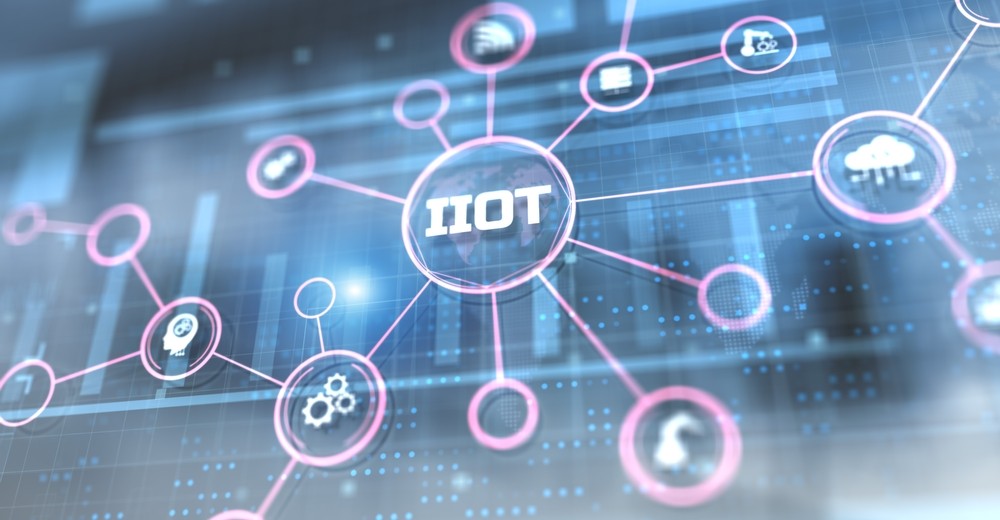8 Network-Side IIoT Terms Manufacturers Should Know

The Industrial Internet of Things (IIoT) is one of the primary drivers of Industry 4.0. As more manufacturers adopt IIoT tech in their facilities, they’re finding gaps in their understanding. Physical products such as sensors and beacons are easy enough to understand, but network-side terms can get lost in translation.
Here’s a look at some of the most important (and relevant) network-side IIoT terms and how they factor into the construction of a robust network of manufacturing data:
- Data lake. As the name implies, a data lake is a large outpouring of data that’s stored in raw format. It’s called a lake because it can flow into “estuaries” where manufacturers can access that data.
- Gateway and edge gateway. A gateway is a centralized hub that combines all IIoT devices and sensors and sends their data to a cloud-based computing solution. An edge gateway is a specific type of field gateway that’s located near devices at a physical location, connecting them to the IIoT platform via the cloud.
- Hybrid cloud. This IT architecture is a combination of cloud and edge computing, enabling businesses to access and share data in real time. Since data processing happens closer to the data source but is still managed and stored in the cloud, producers can keep data closer to their application for time-critical decision-making.
- Message queuing telemetry transport (MQTT). This machine-to-machine network protocol is a standard messaging protocol for IIoT. It’s used in a range of industries, including manufacturing, to connect remote devices like machines with a small code footprint and low network bandwidth.
- Semi-structured data. Sitting between structured and unstructured data, semi-structured data relies on tags and semantic elements to organize data as collected via IIoT sensors but leaves the definitions open. It has a range of uses in manufacturing facilities, from monitoring heat, vibration, and output of equipment-mounted sensors to optimizing picking routes in a warehouse.
- Transmission Control Protocol (TCP)/Internet Protocol (IP). These protocols are important to today’s IIoT systems, providing reliable and synchronous data over internet-connected networks.
- Time-series data. In IIoT, time-series data has a timestamp that helps manufacturers understand the causes of trends or patterns over time. It provides context for sensor readings, delivering critical data about everything from malfunctions and problems to how a piece of equipment performs under given circumstances.
- Unstructured data. This data refers to information that isn’t found in a traditional database, often including text or multimedia content. In terms of IIoT, unstructured data can include sensor data that hasn’t been properly contextualized or tagged.

The IIoT is revolutionizing the way manufacturers do business. There’s a complete vernacular of IIoT terms that producers should understand to make the most of their IIoT tech. While the terms listed above are some of the most-encountered network-side terms, it’s easy to gain more familiarity with their meaning in context with the technologies that enable them.
A broader understanding of hardware-side and network-side terms results in a clearer understanding of the multitude of opportunities IIoT brings with it.